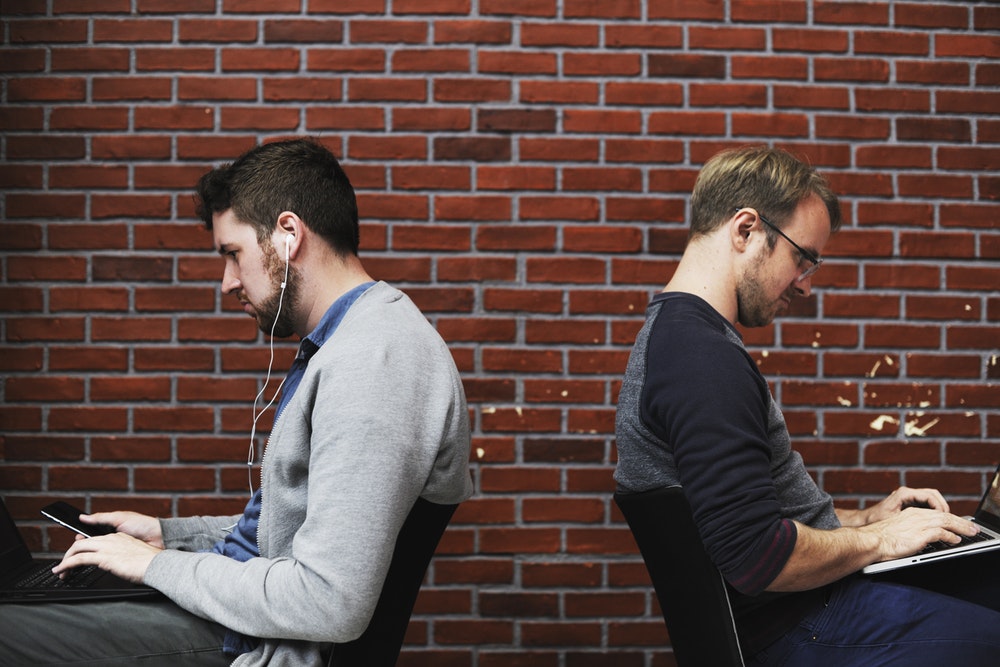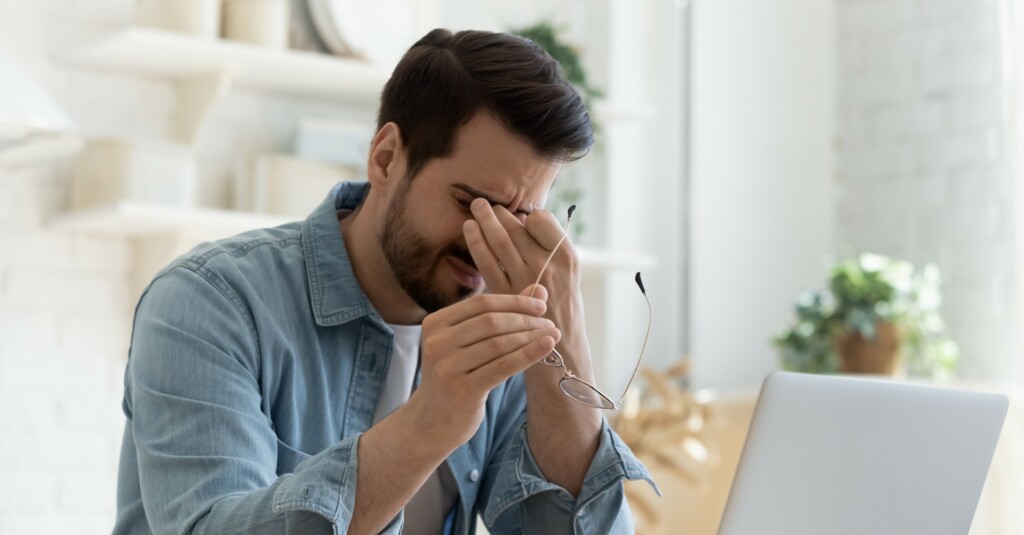An essential part of everyday life, but can exposure to too much tech actually being have a negative impact on mental and physical wellbeing?
It is clear to see that in this day and age, technologies like the internet and smartphones have started to take over an individuals day-to-day life. They are becoming a vital part for transforming and contributing in development whether it is in your personal life, social life or even the work life. If you think about it, people are more connected than ever, thanks to the large part to the rapid advancements in technology.
While some forms of technology have made positive changes in the world, there is also plenty of evidence for the negative effects on personal wellbeing due to technology and its overuse. They have slowly had an impact, leading to a decrease in the human psyche, both cognitively and psychologically. Social media and your mobile phones may contribute to those psychological and physical issues – from the ability to focus and eyestrain which can eventually lead to more serious health conditions in the long run.
Psychological Impacts
Lets starts of with the psychological effects – the overuse or having an addiction to technology may have harmful psychological effects that include: isolation, depression and anxiety, to name a few. Even though the concept of social media was been created and designed in such a way that it helps to bring people from all over the world together, leading to thinking that this is great away to communicate. In fact, they may have an opposite effect in some cases, especially if you use it in the wrong way.
A study in 2017 was conducted with young adults between the ages of 19-32 years that found people with higher social media use were more then three times likely to feel socially isolated than those who did not use social media as frequently. Just from this, we can see that it is important to find ways to reduce time on social media and other platforms by setting time limits for those apps. This alone can help reduce feelings of isolation in some cases.

Depression and anxiety is another important factor to how technology can have a negative impact on personal wellbeing. A systematic review of social networking sites in 2016 talked about the link between social network and mental health issues like depression and anxiety. This research was able to find mixed results, with both positive to negative effects. Those people who had a more positive outlook, interaction and social support on these certain platforms seemed to have lower levels of depression and anxiety.
Nevertheless, the negative outlook was also true. Those individuals who perceived that they had more social interactions online and those who are more likely to compare their social experiences had higher levels of depression and anxiety. Even though there does seem to be a link between social media and mental health, it is important to note that the influencing factor here is the type of connections people are feeling to these platforms.
Physical Wellbeing
When using any form of digital screen for long periods of time, the American Optometric Association recommend using the 20-20-20 rule. To use the rule, after every 20 minutes of screen time, take a 20-second break to look at something at least 20 feet away.
The physical health effects must also be considered as it is becoming abundantly clear that technology may risk a decline in various areas of physical wellbeing.
Firstly, eyestrain. Products like tablets, smartphones and computers can really grab hold of a person’s attention for long periods of time, potentially leading to increased eye strain. Some of the symptoms of digital eyestrain can include blurred vision and dry eyes. Not only that, but in some cases reported feeling pain in some areas of the body i.e. the head, shoulders and neck.
There are several technological factors which may lead to eyestrain: screen time, screen glare, screen brightness, viewing too close or too far away, poor sitting posture and underlying vision issues. Taking regular breaks away from the screen can help reduce the possibility of eyestrain.

Anyone regularly experiencing these symptoms should see an optometrist for a check-up. When using any form of digital screen for long periods of time, the American Optometric Association recommend using the 20-20-20 rule. To use the rule, after every 20 minutes of screen time, take a 20-second break to look at something at least 20 feet away.
Poor posture is something we all are being affected by and it is true that most technology out there promotes a ‘down and forward’ using position. What this means is that us as users are going to be leaning forward, hunched and looking down at a screen. This can put unnecessary amount of pressure on the neck and spine.
Correcting your posture can help to overall improve your posture and strengthen your core, neck and back. If you are someone who tends to sit in the same position for hours at one time, regular standing and stretching can help to reduce that strain on the body. Furthermore, include short breaks like walking around your house or office every hour to help keep your body, muscle loose and avoid increasing tension.
We all love our sleep but we feel like we can never have enough. Using technology close to bedtime can and has been known to impact your quality of sleep. This is due to the blue light that your phones, tablets, laptops and TV release that stimulate your brain. Over exposure to blue light can be enough to disturb the body’s natural circadian rhythm. Ultimately this is what will make it harder for you to fall asleep which can ultimately impact your concentration and alertness levels the next day. So if we want to try reduce the impact of blue light on our brain’s wellbeing, then it is advised you should at least stop using devices an hour or two before bed and try to include gentle activities that will help your brain and body to wind down e.g. reading a book, breathing exercises or taking a bath.
Lastly, lets mention how all of this reduces your physical activity levels. The more you use technology, the more sedentary you’re going to be. Most everyday digital technology is sedentary, or at least promote a sedentary lifestyle. This is known to have a negative effects on your wellbeing as it increases your risk of; obesity, cardiovascular disease, type-2 diabetes and even, premature death.
Include and take short breaks to help promote a active lifestyle, a research study in 2017 showed that active technologies like apps, emails, notifications and wearable technology helps promote exercise and reduce short term sedentary behaviour. This can be taken as a positive as it is helping to create good habits and set healthful patterns to become more physically active.
Tips to help!
We know our use of technology isn’t going to change, so just bear in mind a few tips that can help balance things out and improve your general wellbeing:
- Remember the 20/20/20 rule.
- Try to maintain good posture if seated for long periods of time – avoid hunching!
- Stop using devices 1/2 hours before bed to reduce blue light exposure.
- Take regular breaks when possible and remain active!
We know there is an increase in technology use and this has really changed the average person’s lifestyle over the last 5 years. While there are obvious negatives there are many positive as well, so finding a balance between the two will bring great benefits to your mental, social and physical wellbeing. We certainly want to take steps in cutting back on the use of devices and screen time and evaluate how you feel with and without these appliances.
Looking for more from ToHealth?
Looking to find out more about our Health Screenings? Click here
Interested in improving employee health through smart DNA and epigenetics testing? Click here.


